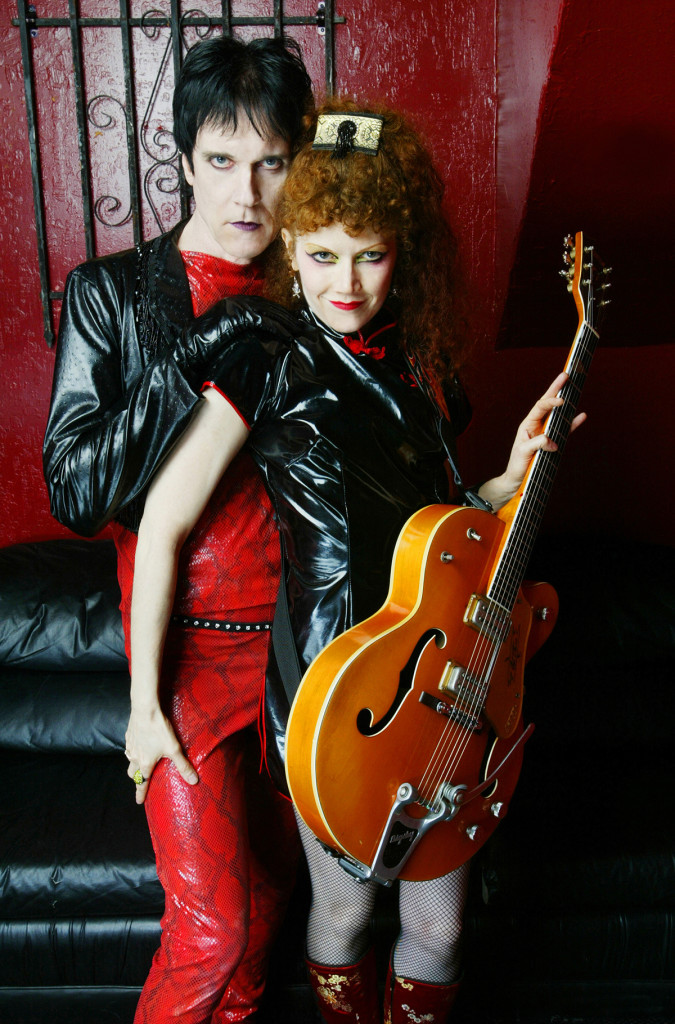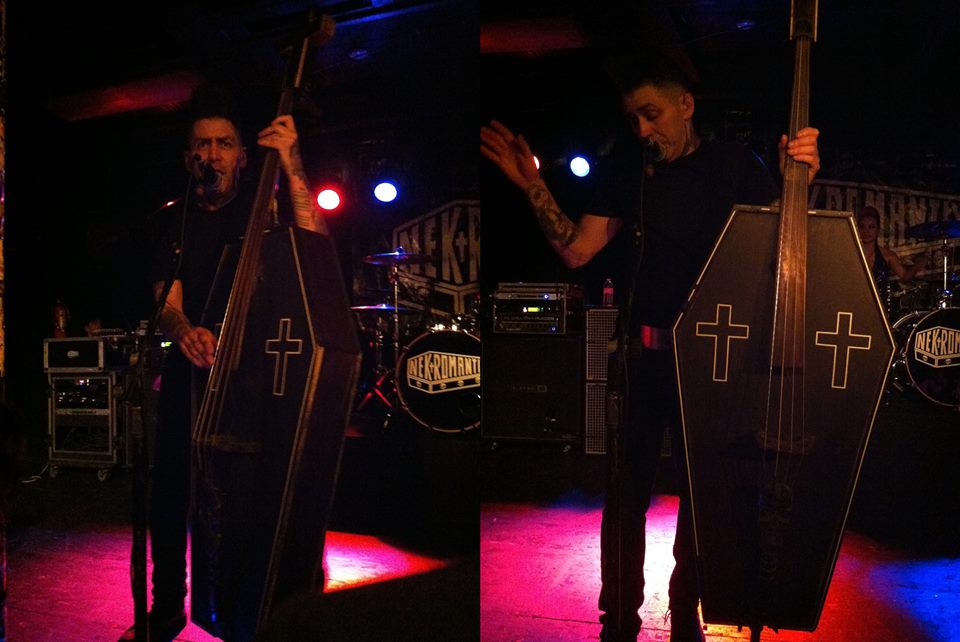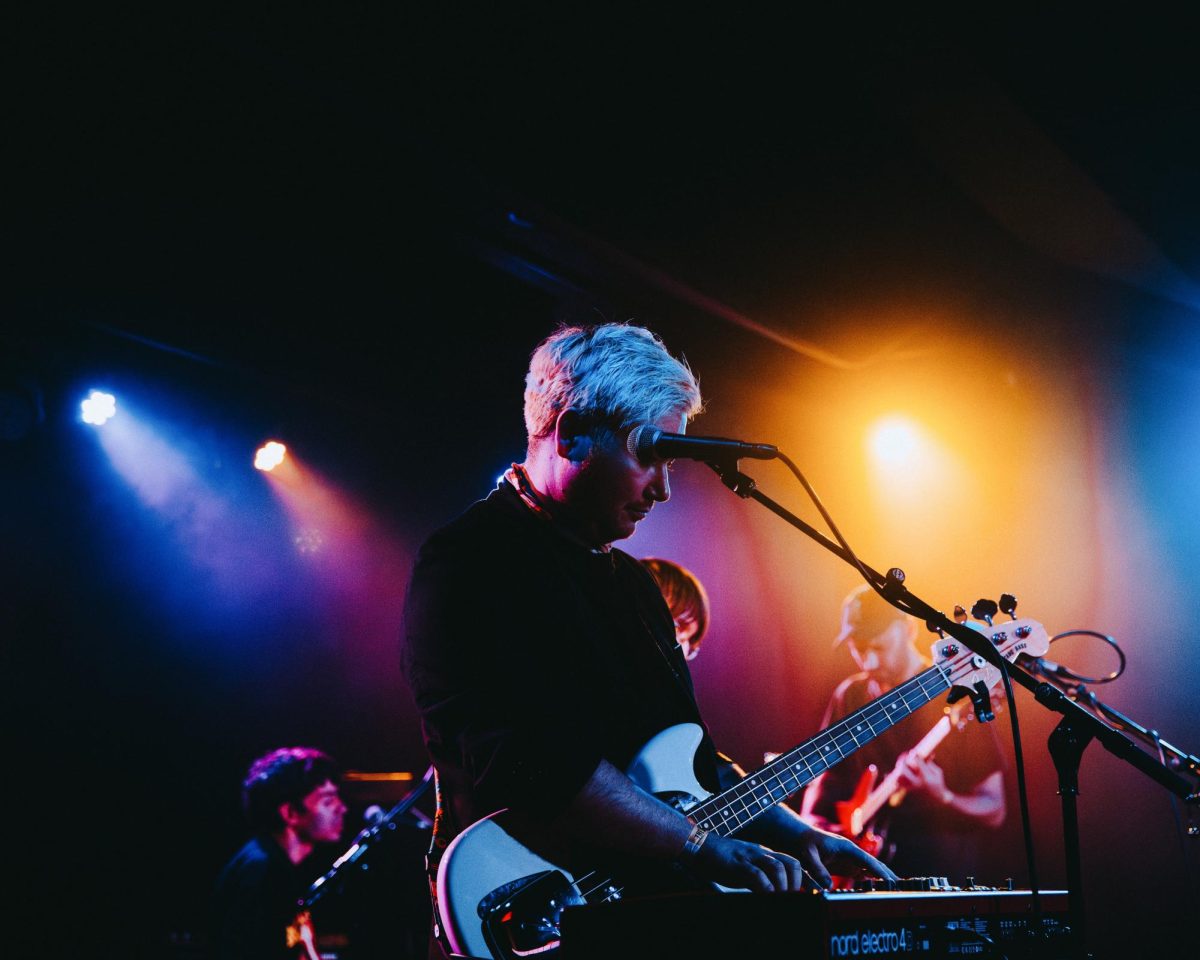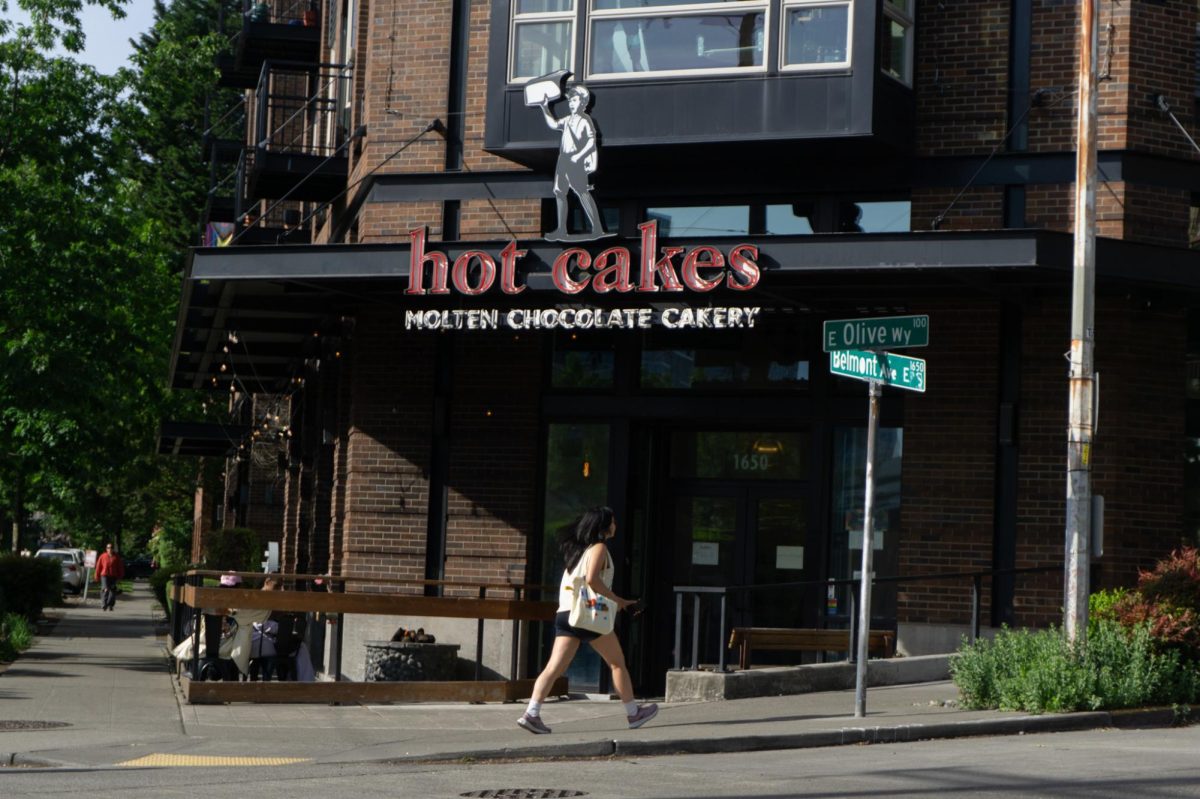Halloween may only come once a year, but that doesn’t mean you can’t indulge in spooky tunes all year round. In fact, some musicians have even created an entire musical genre—no, an entire musical subculture—based on horror-themed imagery.
Psychobilly began in the 1980s as the mutant child of 1950s rockabilly and 1970s punk. However, it soon grew into a vibrant and unique subculture with its own sound, style, and sentiment. Characterized by its obsession with boogie rhythms, Z-grade horror and sci-fi films, and tacky vintage fashions, psychobilly is a truly unique musical subculture with plenty of personality.
Like many of the substandard horror and sci-fi films that this musical genre is based around, psychobilly has become a tacky cult classic with a fair number of devout misfit followers. The most striking elements of this psycho-subculture are its musical influences, lyrical content, sound and instrumentation, and fashion.
Psychobilly draws primarily from rockabilly and punk music styles. Depending on the band, though, psychobilly may also include elements of many other genres such as jazz, ska, surf, or heavy metal.
Its danceable tunes and its humorous tongue-in-cheek tone make it one of the more playful subgenres of punk. In fact, the psychobilly genre began in the 1980s as a reaction against the punk scene, which was becoming too political.
Forget writing angry, aggressive songs about anarchy; psychobillies just wanted to write lighthearted, comical songs about zombies, aliens, and apocalypses. Instead of wearing trashy punk fashion, psychobillies wanted to wear tacky, theatrical costumes and makeup. Instead of getting in fights at shows, psychobillies just wanted to dance to good old-fashioned boogie bass rhythms.
The psychobilly genre first began in the 1970s with an American punk band named the Cramps. The Cramps originally coined the term “psychobilly” to communicate their unbridled affection for rockabilly music and cheesy horror and sci-fi films. From the genre’s earliest days, bands have been playfully incorporating wild and lively music with cheesy horror-themed imagery.

Photo by Steve Jennings.
It comes as no surprise, then, that the lyrical themes of nearly all psychobilly music are inspired by grade-Z horror and science fiction films. Vampires, serial killers, zombies, apocalypses, and aliens are just a few of the favored topics among psychobilly musicians. Many of them even incorporate cheesy horror symbolism into their band names. Voodoo Zombie, the Koffin Kats, Demented Are Go, the Bodybags, Sasquatch and the Sick-a-billies, the Astro Zombies, the Creepshow, the HorrorPops, the Death Valley Surfers, and Zombilly are just a few examples.
Aside from movie references, psychobillies also like to write songs with tongue-in-cheek lyrics about taboo topics such as violence, lurid sexuality, and murder. Another characteristic element of the playful psychobilly style is lyrical wordplay. The Nekromantix repeatedly create clever lyrical puns and pop culture references in tunes such as “Alice in Psycholand,” “Love at First Bite,” “What Happens in Hell Stays in Hell,” “Demons Are a Girl’s Best Friend,” and “Jack the Stripper.”
Despite all this grim subject matter, though, psychobilly music is noticeably less angry and antagonistic than most of its contemporary subgenres of punk. Psychobillies purposely avoid political lyrics in order to maintain their fun and good-humored musical style, a style that delights in all of the excesses of scary movies and trashy culture.
Most psychobilly is played with electric guitar, upright bass (though some bands do play electric), drums, and low-pitched vocals. Tunes typically have a prominent, thumping slap-style bass beat adapted from 1950s rockabilly.
Although psychobilly bands have become very creative with their musical influences, the defining elements of the genre continue to be the raucous, swingy style of rockabilly and the unapologetic snarl of punk rock.
One of the most intriguing ways in which psychobilly brings these two diverse genres together is by embracing the classic rockabilly slap-style acoustic bass, but giving it a punk DIY twist. Psychobilly musicians’ characteristically loose, slap-style bass playing represents not only the rebellious nature of rockabilly, but also the deliberate amateurism and aggressiveness of punk.
Another way in which some bassists infuse this classical instrument with a punk aesthetic is by embellishing their basses with punk iconography. Some psychobilly musicians have even transformed their basses into coffins or elaborately decorated murals. For instance, Kim Nekroman of the Nekromantix created his own eerie bass out of a child-sized coffin, with the headstock in the shape of a cross.

Photos by Maggie Molloy.
Patricia Day of the HorrorPops plays a white upright bass decoratively painted with imagery such as skulls, sparrows, hearts, argyle, and music notation. These basses reflect the DIY punk aesthetic while also harnessing the deliberately cheesy character of psychobilly.
Psychobilly’s trademark flashiness is perhaps most apparent in the genre’s popular fashions. Like the music, psychobilly clothing is a deliberately tacky mixture of 1950s rockabilly fashion and 1970s punk fashion. Men typically wear tight black clothing, while women often wear form-fitting hot rod style pencil skirts and dresses. Some of the more popular patterns include polka dots, stripes, skulls, and animal prints.
The hairstyles and body art are no less eccentric. Psychobillies take original punk hairstyles to new heights—literally. Men often shave the sides of their heads and sport sky-high pompadours, quiffs, mohawks, or some combination thereof. Women often opt for long hair with short, blunt bangs.
To complete the psycho look, many people dye their hair florescent colors and get tattoos of psychobilly icons such as devils, monsters, skeletons, pinup girls, and more. Gaudy monster iconography and vintage clothing are two of the hallmarks of psychobilly fashion.
Psychobilly’s unique fusion of rockabilly and punk make for a genre that is anything but ordinary. Its wide-ranging musical influences, humorous lyrical content, distinctive sound, creative instrumentation, and costume-like fashion trends have made it one of the most playful and imaginative subcultures in the music industry. As the genre presses forward into its fourth decade of cheesy horror stories and tacky vintage fashions, it is sure to convert many more psycho zombie followers.







